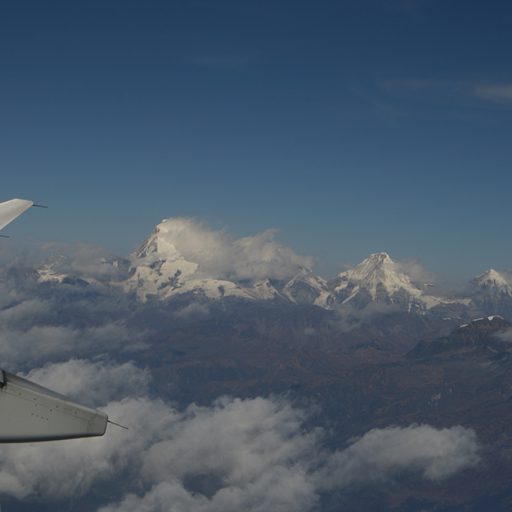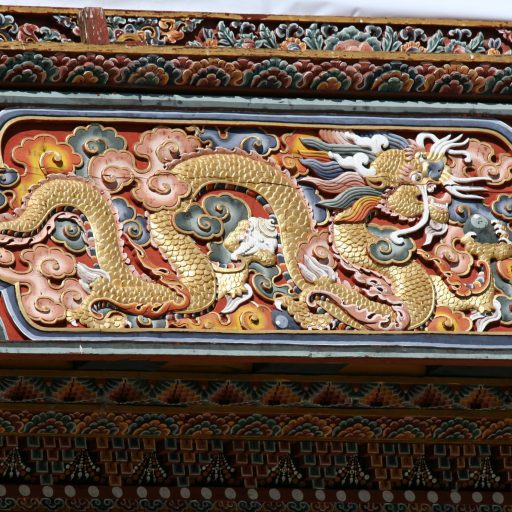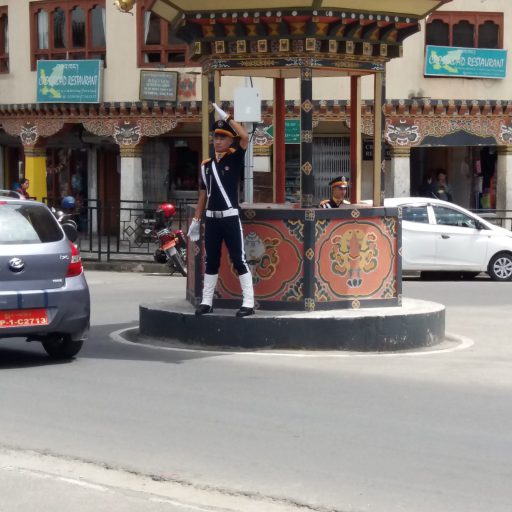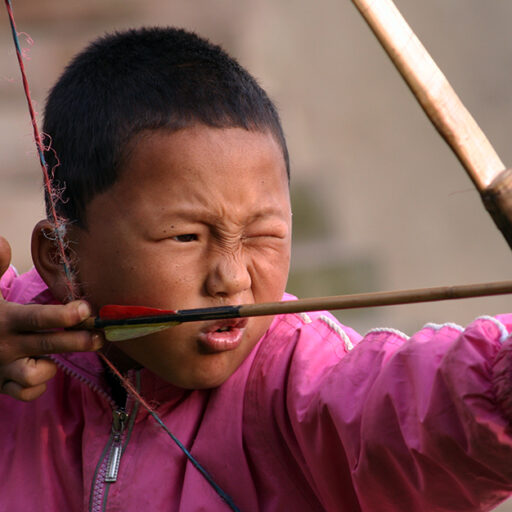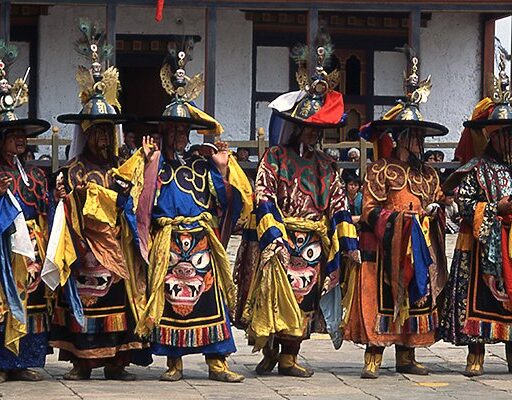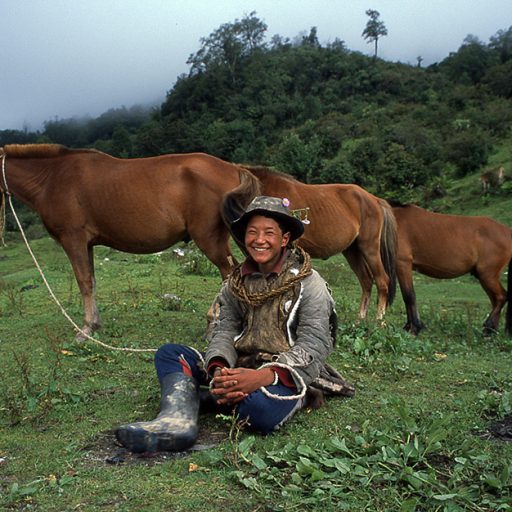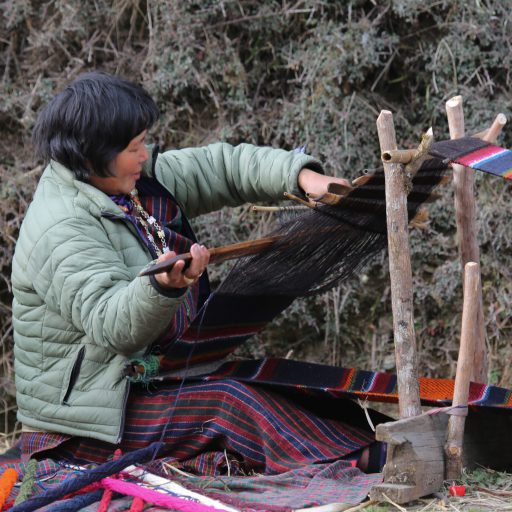Welcome to Bhutan
You can travel to Bhutan by air as well as over land. Flights to Bhutan’s’ international airport in Paro depart from Bangkok, Kathmandu, Singapore, Dhaka, Delhi, Kolkata, Siliguri and Guwahati. The flight is spectacular, leading along the Himalayas and then descending through narrow valleys to Paro. Several of the Eight-thousander peaks – Kangchenjunga, Lhotse, Everest and Makalu – can be seen, especially on the flight from Kathmandu and Delhi to Bhutan. Overland you can enter Bhutan from the plains of India, through the border towns of Phuentsholing in the southwest and Samdrup Jongkhar in the southeast of Bhutan.
Bhutan – Land of the Thunder Dragon
Druk Yul is the traditional name for Bhutan, meaning ‘Land of the Thunder Dragon, a reference to its wild thunderstorms striking the valleys from the peaks of the Himalayas. The dazzling light of thunder was believed to be the fire from a dragon. Bhutan has been known by many names over the centuries, including Lho Jong (The Valleys of the South); Lho Jong Men Jong (The Southern Valleys of Medicinal Herbs); and Lho Mon Tsenden Jong (Sandalwood Country).
Capital City Thimphu
Thimphu is the capital and largest city of Bhutan. It is situated in the western part of Bhutan, and the surrounding valley is one of Bhutan’s Dzongkhag (district) the Thimphu District. The ancient capital city of Punakha was replaced as capital by Thimphu in 1955, and in 1961, Thimphu was declared as the capital of the Kingdom of Bhutan by the 3rd Druk Gyalpo Jigme Dorji Wangchuck. The city extends in a north–south direction on the west bank of the valley formed by the Wang Chuu or Thimphu Chuu river. Thimphu is the fifth highest capital in the world by altitude and ranges from 2,248 meters (7,375 feet) to 2,648 meters (8,688 feet). Unusually for a capital city, Thimphu does not have its own airport, but relies on the Paro Airport connected by road some 54 kilometers (34 miles) away. Even as the amount of vehicles is increasing, Thimphu still has no traffic lights.
National Sport Archery
Archery is the national sport of the Kingdom of Bhutan. The distance to the target is about 145 meters. The relatively small targets are cut from wood and brightly painted, usually measuring about 91 cm tall and 28 cm wide. Bull’s eyes are called Karay. Traditionally, Bhutanese bows are made of bamboo, and arrows from bamboo or reeds, fletched with feather vanes. Arrows are painted and tipped with metal arrowheads.
Modern archery competitions feature compound bows, corporate sponsorships, copious cash and material winnings, injuries, and occasional even fatalities.
Festivals
Bhutan is rich in cultural diversity and this richness is further enhanced by the wide variety of elaborate and colorful religious festivals that are celebrated throughout the country. Every village is known for their unique festival though the most widely known is the annual Tshechu, meaning a religious festival.
As the Tshechu begins, the villagers and the general populace dress in their finest clothes and congregate at their local temples and monasteries were these festivals take place. Tshechus are usually occasions to mark important events in the life of the second Buddha, the Indian/Pakistani Tantric master known as Guru Rinpoche or the Precious Gem. Various mask dances are performed together with songs and dances for three days.
These religious celebrations are lively, high-spirited affairs during which people share meals of red rice, spicy pork, Ema Datshi and Momos (pork dumplings) whilst drinking the traditional rice wine known as Ara. These occasions provide the villagers with a respite from the hard labor of their day-to-day lives and gives the community an opportunity to catch up with family and friends.
